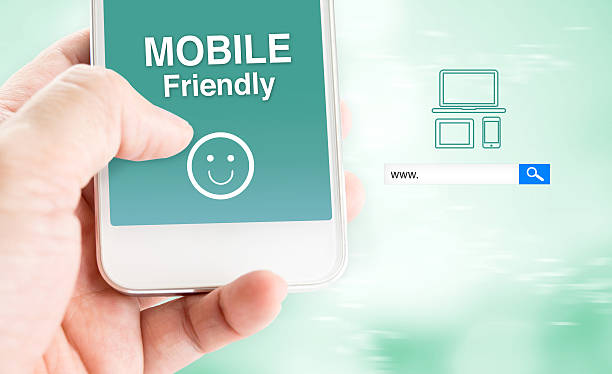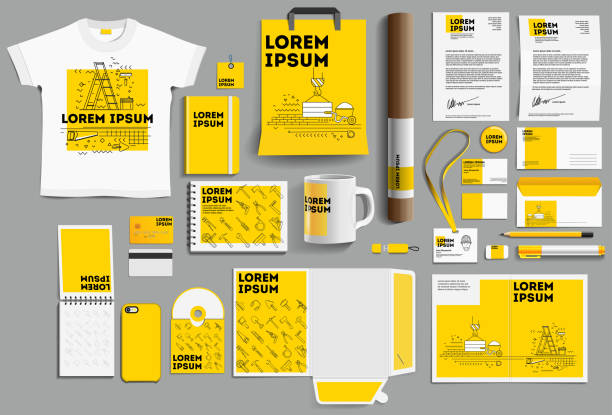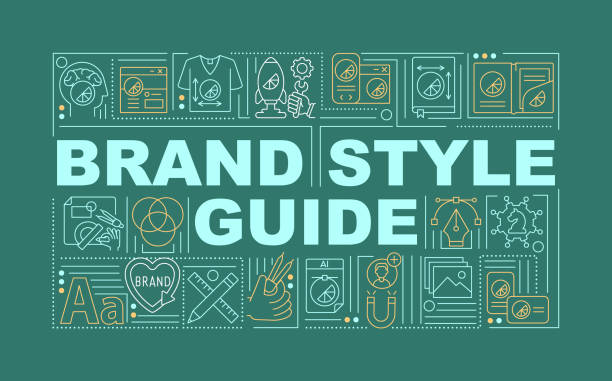Optimizing content for search engines and branding
If you’re a marketer, chances are that you’ve heard of SEO. But if you haven’t, here’s what it is: SEO is the process of increasing your website traffic by using keywords in your content.
The idea behind SEO is that if people search for something on Google, and your page shows up as one of the top results for their query, they’ll click through to read more about what they were looking for (and hopefully buy something from your site).
That seems pretty straightforward—but there is more to know about branded content and SEO. So we’re going into them right now!
Table of Contents
Branded Content & SEO Optimization Basics
You’ve probably heard that SEO is important for your website. Aside from the fact that it can help you reach more people, it also signals to search engines like Google that your page is relevant to a user’s search query.
A good way to optimize your content for search engines and still make awesome branded content is by using an internal linking structure in which words or phrases on the one-page link back to other pages on the same site. This makes it easier for users to navigate through the site but also helps boost its relevance in search results.
So how do we make this happen?
Do your research
The first step to creating branded content that ranks well in search is to do your research. You won’t be able to create the best content if you don’t know what your audience wants, so make sure you take the time necessary to conduct thorough research about your topic and target audience.
Competitors research

Of course, researching the competition should also be high on your list of priorities—you want to make sure that what you’re creating isn’t derivative or boring! If there are other companies doing similar work in this space, Google will recognize it as such and rank those results higher than yours.
Self-Research
It is very important to research yourself: understand how well-versed everyone involved with the project is in SEO. Check out recent work from clients as well as from competitors; get a sense of how much (or little) time clients are willing to devote toward optimizing their projects for search engines; finally, try not to forget about yourself—if you aren’t confident about doing something correctly or have questions about how best optimize content according to specific parameters set by different clients/industries/etc., ask someone who does know!
Make a plan
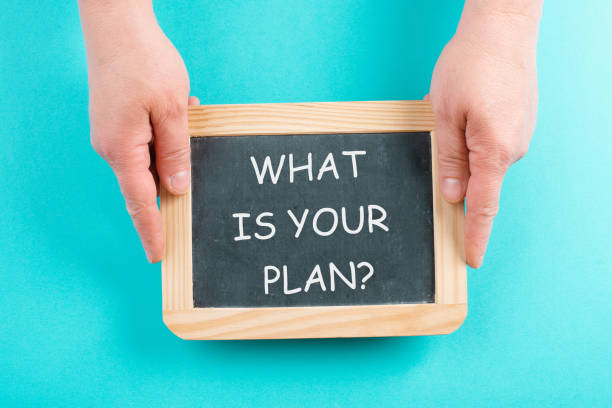
When we’re working on a project, it can be tempting to just dive straight into the content. But before you start typing, consider taking some time to plan out your strategy. Planning is a good way to make sure you get what you want from your content and avoid wasting time on things that don’t matter.
Here are two main benefits of planning:
There are many benefits of planning when doing any task. However, in this section, I will focus on two main ones:
It helps you stay focused
When there’s no plan in place, it’s easy to get distracted by other tasks or lose focus as soon as something else comes along that seems like more fun or exciting than what you’re working on right now (at least at first).
It helps avoid wasting time making unnecessary changes
When planning is done right—and when plans are actually followed through with—it makes sense for everyone involved because each person knows exactly what their role is supposed to be and why it matters for success later down the road (or even earlier).
This means less confusion about who does what and when; fewer arguments over who should take responsibility for certain parts of the process; fewer mistakes made due to lack of knowledge because everyone knows exactly what they need from each other so they can meet deadlines without delay!
Get keyword-savvy
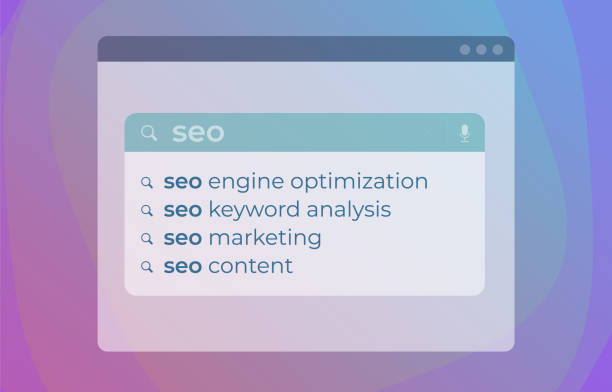
Keyword research is essential. Keywords are the words people type into search engines to find information. They can be specific or broad, nouns, verbs, or adjectives—and they can be single-word phrases as well. You’ll need to do some keyword research for each piece of branded content you create (more on that later).
The first step in keyword research is identifying what terms prospective customers might use when looking for information about your product or service—or related products and services—on Google or other search engines.
It’s important that these keywords are relevant to your business so you don’t waste time (or money) getting them ranked highly in search results pages for irrelevant queries that won’t convert into new customers.
Be clear, and concise
Be clear
Use short sentences and strong verbs to create a sense of urgency in your content. The shorter the sentence, the less complicated it is, and the easier it is for readers to digest.
Be concise
Don’t use bloated language or long-winded explanations; stick with simple words that are easy for people to understand without having to look them up (e.g., “viable” instead of “feasible”).
Optimize your headlines and subheaders
When it comes to optimizing your content for search engines, there’s a lot of focus on keywords. But don’t forget that the headlines and subheaders in your article play an important role in attracting readers’ attention.
It’s all about capturing their attention with a short, catchy title that will make them want to read more. Your headline should be the most important part of your page and provide key information about what you’re talking about (e.g., “How To Use SEO To Boost Your Traffic”).
When writing subheadings within an article, use specific keywords that are relevant but still natural-sounding (e.g., “How To Optimize Your Content For Search Engines”).
A good rule of thumb is to limit each subheading to one keyword phrase or idea—you don’t want people getting distracted by irrelevant details!
Use links to boost your credibility

If you want to boost your credibility, use links to show that you have done your research. Linking is an important part of the back-and-forth conversation that exists in the world of online content.
Links can be used to link directly to another piece of writing on your site or elsewhere, but they can also be used to link readers offsite by linking out to other websites and resources they might find useful.
These types of links help keep readers engaged with your content and drive traffic back toward your site, where they may discover more information about what you have written about elsewhere.
Perfect your formatting and design
Once you have the text written, it’s time to perfect your formatting and design. This will make sure your content is easy to read and digestible by search engines like Google.
Use a simple design for your content
A clean, minimalist design makes it easier for people to scan through the information quickly, which is exactly what you want them to do when they visit your page in search of answers or tips about how to do something.
You don’t want them getting bored and leaving before they’ve finished reading everything! Keep things bold and bright where possible—this helps with readability without making anything too distracting from the main message itself.
Don’t forget about imagery!

Images can be used effectively in many ways: as headers on blog posts or feature images on product pages (just make sure each image relates closely enough).
They’re also great for illustrating concepts that might otherwise be difficult to explain complex subjects without confusing readers who aren’t familiar with those concepts yet!
Conclusion
A lot of people have a negative opinion of branded content, but I actually think it’s a great opportunity to create something that has value for both your audience and your brand. You can use this type of content to establish yourself as an expert in your industry, connect with potential customers and clients, or even just tell an interesting story about how you started out on your journey toward success.





